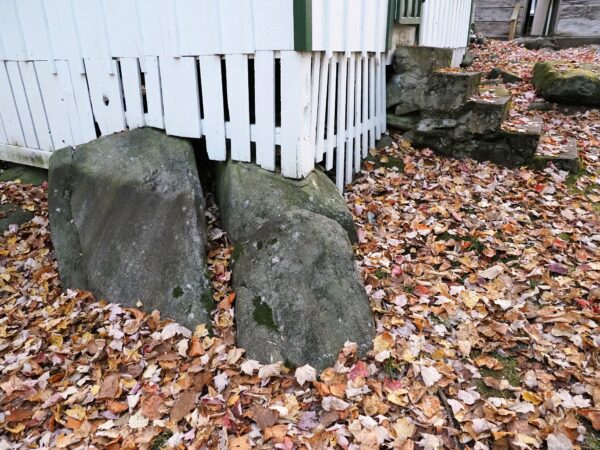Molding the Education to Fit the Child Rather Than the Other Way Around
Last Sunday and Monday Ray and I were back in the beautiful Smoky Mountains. We arrived about 3:00 in the afternoon, grateful that we were there in time to see some of the beautiful fall colors. Friends had already been there for a few days, so they knew just where to take us in the short amount of time we had before evening.

As you can imagine, we were a few of the thousands of leaf peepers in the Smokies. We decided to get away from the crowds and bumper to bumper traffic and visit Daisy Town.
Beginning around 1910, Daisy Town was a rustic getaway for wealthy businessmen and their families from Knoxville, Tennessee. Between 1910 and 1919, these families built eclectic cabins along Daisy Town’s only street.

The street began near this pretty creek.


Rock walls lined each side as the street descended down the hill . . .

. . . and ended at the Appalachian Clubhouse.



The volunteer guide serving on that Sunday afternoon said that first the men gathered for getaways at the Appalachian Clubhouse. When their wives said that they wanted to come, too, they began building the cabins. The cabins are all empty now, but they are undergoing restoration so that tourists can tour them.
Do you wonder how these wealthy businessmen earned their fortunes? Weston Miller Fulton built his cabin in 1910. He was an inventor and politician. Knoxville’s Fulton High School is named for him. Walter Van Gilder, who built his cabin in 1919, was president of Knoxville Glass Company. Dr. C. H. Gordon’s cabin was built in 1915. He was a professor at the University of Tennessee.
William Thomas Cook built his cabin in 1913. He was a wholesaler of dry goods and furnishings.

Daniel Briscoe built his cabin in 1919. He owned a Ford dealership.

I did not record who built the cabin below. Notice that it is a series of three cabins, one behind the other.

The family had ten children. When they outgrew the white cabin in front, part of the family began sleeping in the log cabin that was moved to the backyard. The cabin dates from the 1830s and is one of the oldest cabins in the area.

Behind the log cabin is a small cottage for the family’s housekeeper.

Notice the very rocky terrain. When I was studying urban planning in college, our professor assigned us the book Design with Nature. I thought of that book when I was at the back of the housekeeper’s cottage. That is what I call design with nature! Today I think the builder would bring in earthmoving equipment to make a more suitable surface, but I like how this one was built around what God had created.

The wise homeschooling mama prayerfully pursues a “design with nature.” She cherishes each child exactly the way that God created him or her and molds her child’s education to fit the child, rather than making the child fit a certain method of education. She trains each child in the specific way that that particular child should go.
Train up a child in the way he should go,
Even when he is old he will not depart from it.
Proverbs 22:6

